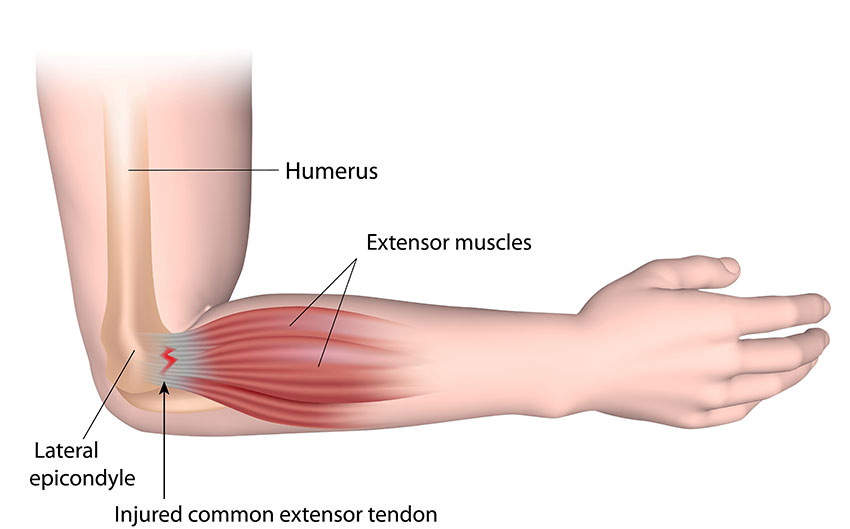Golfer’s/Tennis Elbow
Lateral/Medial Epicondylitis
At its most simple form, the elbow itself can be the pain generator. If you notice that you have pain on the outside of your elbow, that is commonly over-diagnosed as tennis elbow or lateral epicondylitis.
Your lateral epicondyle is where all the muscles/tendons that extend your wrist and hand originate.
If you have pain on the inside part of your elbow, that is commonly referred to as golfer’s elbow or medial epicondylitis. Your medial condyle is where all the muscles/tendons that flex your wrist and hand originate.
Even if you don’t golf or play tennis, these are easily irritated areas that can turn from acute pain to a chronic overuse injury very commonly if not treated appropriately.
WHY you’re experiencing pain here is another issue. Your body often times tries to make up for lost ranges of motion with trying to increase ranges elsewhere as compensation, like your elbow, and instead, it just ends up putting excessive strain on tissues that can’t tolerate it; thus, maybe you get elbow pain without shoulder pain, even though the shoulder is the root of the problem.
Disruptions in the kinetic chain, i.e. shoulder and wrist, both have the ability to disguise themselves as elbow pain.
Women who are very flexible also commonly have issues with elbow pain due to having so much range of motion that they can’t control it well. This produces instability and causes the muscles/tendons to bear more weight than they can handle or leaves them susceptible to being overstretched/injured.



